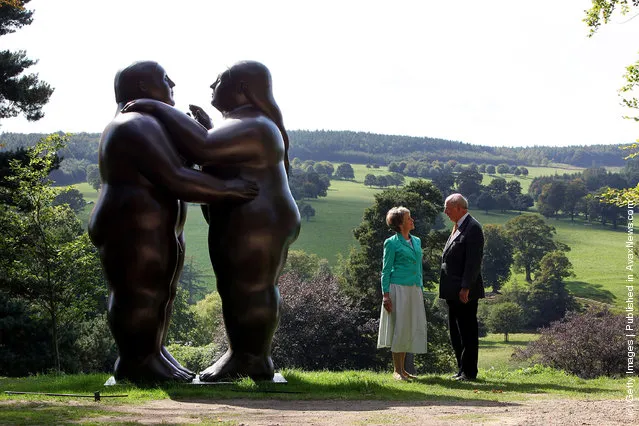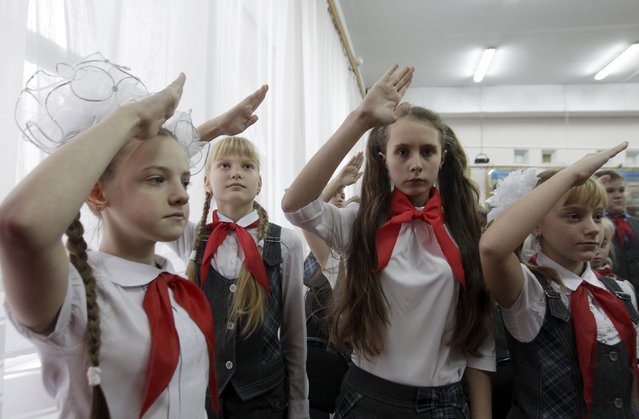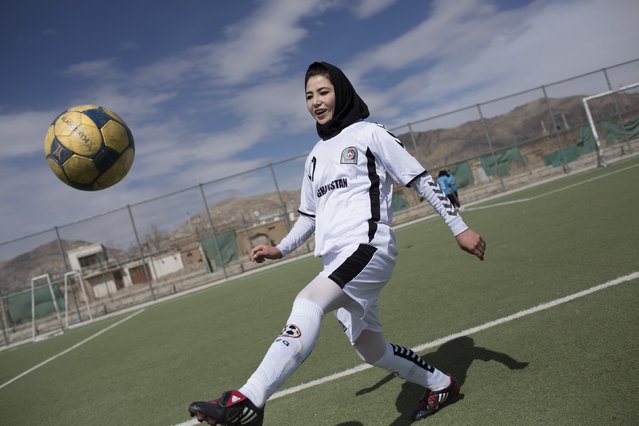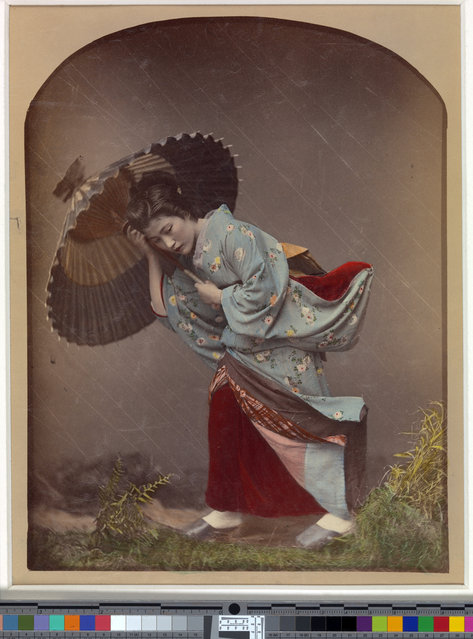
Two young women, having enjoyed a drink at a party, dance together in Tehran, Iran. Although unrelated men and women are forbidden to socialise together many people ignore these strictures in the privacy of their own homes. (Photo by Hossein Fatemi/Reuters/Panos Pictures/Courtesy of World Press Photo Foundation)
15 Feb 2017 00:04:00,post received
0 comments







